Sources for scholarly communication
As a student, you will come across research through your textbooks, and when searching for information for an assignment or paper. Knowledge about various types of sources for scholarly communication enables you to find the information you need both easier and faster, for successful studies.
Scholarly communication
A great portion of any scholar’s work involves spreading the results of the studies they conduct. This communication is primarily aimed at other scholars, to ultimately generate further research. The target group may also include other recipients, such as professionals, decision-makers, or the general public.
Research results are published through various channels, depending on field and intended audience. Within STEM fields, scholars publish their work mainly through scientific journals, while scholars within humanities and social sciences are published to a greater extent in monographs or conference papers. An individual scholar might also disseminate their work across a range of different publication types.
What is a source?
A source might be an article, a book, a webpage, a quotation from a lecture, or a fingerprint. Usually a distinction is made between what is known as primary and secondary sources.
Types of scholarly publications
To any student, it is a great advantage to be familiar with different types of scholarly publications. Knowing whether a particular source is scholarly or not is rarely enough;
you need to get an overview of which publication types are relevant to you in your specific work. In order to assess which publication types are relevant to you, you must first gain some knowledge about the various types.
It is important to be aware that different publication types carry more or less scholarly weight. Which weight a certain publication type is assigned, depends on the field. A rule of thumb within many fields is that publications that have undergone some form of academic review prior to publication are considered to have the highest scientific value. This review process is known as peer review, which means that the text is assessed by experts within the field, before it is published. These experts then present their assessment to the publisher, suggesting the text should be accepted for publication, or accepted subject to revision, or rejected.
Common publication types
In the publication types outlined below, the author mainly addresses other scholars. One exception is the source type “Book or book chapter”, usually intended for a wider audience.
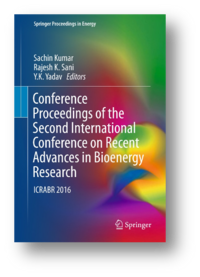

The scientific journal and paper
Scientific journals can be found within all fields, and they mainly contain scientific papers. The scientific papers are reviewed before their potential publication. The process is known as peer review and is carried out by experts within the given field. The experts assess whether the article maintains a high scientific quality, and whether it should be published. Some articles are selected for immediate publication, while others are immediately rejected. In some cases, the author may receive a list of things that must be reviewed before the article can be accepted for publication.
Scientific journals may contain several different types of papers:
- Original papers (primary publications)
These describe the result of a research study (in the form of empirical studies) for the first time. - Review papers
Critical evaluations of several previously published studies. This includes meta analyses, where the result of several studies can be used (for example) to examine the value of a treatment for a specific illnes. - Theory papers
Aims to develop new theories, based on already existing research.
Predatory journals
This term refers to fraudulent scholarly journals, which are often open access publications. Predatory journals make money from charging publication fees from authors, without providing a peer review process or other services normally involved in publication. Through unsolicited marketing, they attempt to earn a profit from scholars eager to disseminate their findings. If you wish to check whether an open access journal is legit, you may start by browsing the Directory of Open Access Journals and the Web of Science's Master Journal List – if you find the journal here, the articles in it are very likely to have undergone the quality control of a peer review process.
How to identify a scientific paper
The construction and outline of scientific papers vary depending on the field. Original papers should be structured so that they present the research process in a transparent manner. A frequently recommended structure is the IMRaD (Introduction, Materials & methods, Results and Discussion). These notions may be used as headings in a paper, but this is not always the case.
However, the structure can usually be identified by the inclusion of the following:
Title of the paper
The title is key for any scientific paper, and should provide a clear idea of what the paper is about.
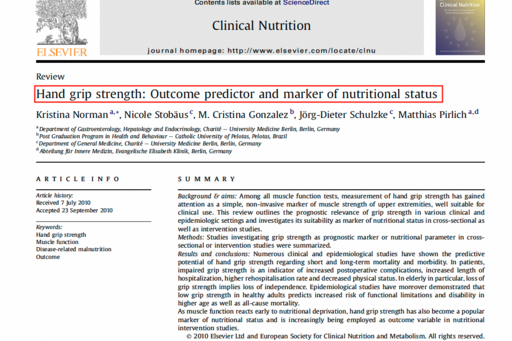
Authors
Those who have contributed actively to the study in various ways are listed as authors of the paper. The names may be either in alphabetical order, or listed with the main contributor first and the research team co-ordinator last. It is vital to promote the right people, in order to ensure fair allocation of future research funding and resources.
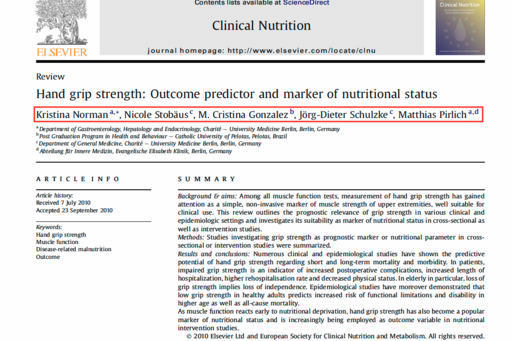
Affiliation
The academic affiliation of the authors, meaning where they work, should be plainly stated.
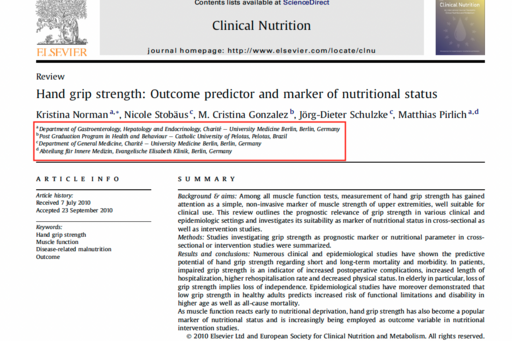
Date
The submission date for a paper, as well as the acceptance date for publication, indicates whether it has undergone peer review or not.
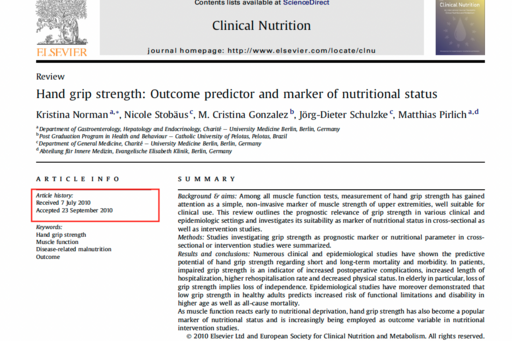
Abstract
A brief overview written by the author, to summarise the contents of the paper as a whole. Apart from “abstract”, this can also be referred to as “summary”.
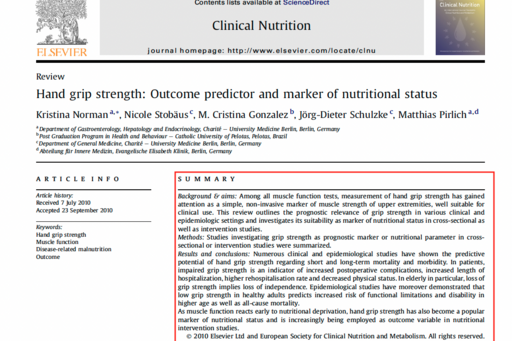
Introduction
A description of the background of the study, and a presentation of previous, relevant research within the field of study. The introduction might include a description of the purpose of the study, and what questions have served as the initial platform, as well as any limitations.
Materials and methods
A detailed description of how the study has been carried out, and what materials were used. Sometimes, the authors outline the theoretical perspective(s) on which the study is built.
Results
A presentation of the result of the study, frequently grouped as a number of themes, and with the aid of tables or charts. May be worked into the Discussion.
Discussion
An analysis and conclusions made from the results of the study. These are presented in relation to previous research and potential suggestions for further research needs within the field. May be worked into the Results section.
References
A list of the sources used for the study.
Sources from popular science
Scholars write not only for the academic world, but for society in general. Such material may include newspaper articles aimed at the public, textbooks for university students and school children, papers written for the interested public, or articles in various specialised journals, for specific groups of professionals. These types of publications are sometimes referred to as popular science, a somewhat simplified term.
How to identify a paper from a popular science publication
Popular science articles generally have two things in common: they are secondary sources, and the intended audience is the general public, rather than fellow scholars of the author. The contents may be based on research, but the wording is simplified, the language is easier to understand, and the technical terms are few. If such terms are used, they are frequently followed by an explanation. References and literature lists are not always part of popular science texts. The contents is often written by journalists rather than scholars. Illustrations used within popular science are often appealing and more attractive than those used in scientific publications, where tables and models are sometimes the only graphics.
As a student, can I use sources from popular science?
Scholarly publications frequently undergo some form of review to ensure their quality, and can therefore be deemed more trustworthy than sources from popular science. But the relevance of a source does not depend mainly on the type of publication, but on the purpose of your text. In academic writing, sources from scholarly materials do carry a lot of weight, particularly for sections presenting previous research, and connect this research to the text at hand.
Source content within popular science is rarely reviewed, but may still be worth mentioning in a paper, depending on its purpose. Many papers use sources from popular science, such as newspaper articles, as suitable reference material in a background section – perhaps to indicate a relevant debate, or to highlight the topic as a much-discussed issue, known to the general public. Sources from popular science may also serve as data providers for your paper. For a student making a text analysis of local news coverage of the climate crisis, local newspaper articles in particular make up the most relevant source type.
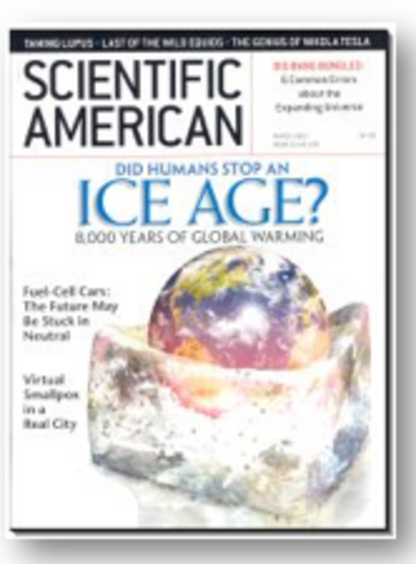
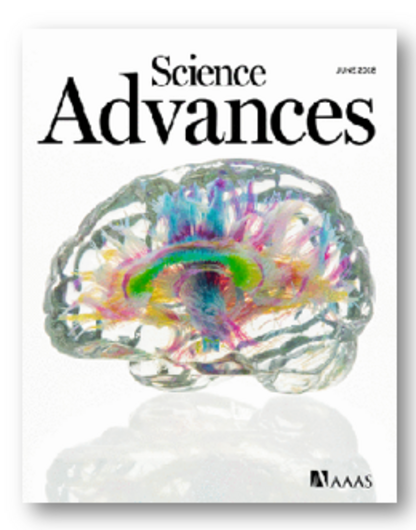
Brief glossary
Below are brief explanations of some words and terms used throughout this page.
- source: this can be a paper, a book or a web page
- scientific source: may be a paper aimed at other scholars
- popular science source: may be a newspaper article
- scholarly communication: disseminating your findings
- scholarly publication types: may be a scientific paper, a thesis or a report
- scientific journal: found in all fields, and containing mainly scientific papers
- scientific paper/article: peer reviewed by experts within the field, who assess the academic quality of the article, and make recommendations regarding publication
- popular science article: a secondary source aimed at the general public
- paper vs article: usage varies across different disciplines, but the two terms are used mostly interchangeably. Paper refers more often to work written by students, while article is used more often about work intended for submission to a journal.